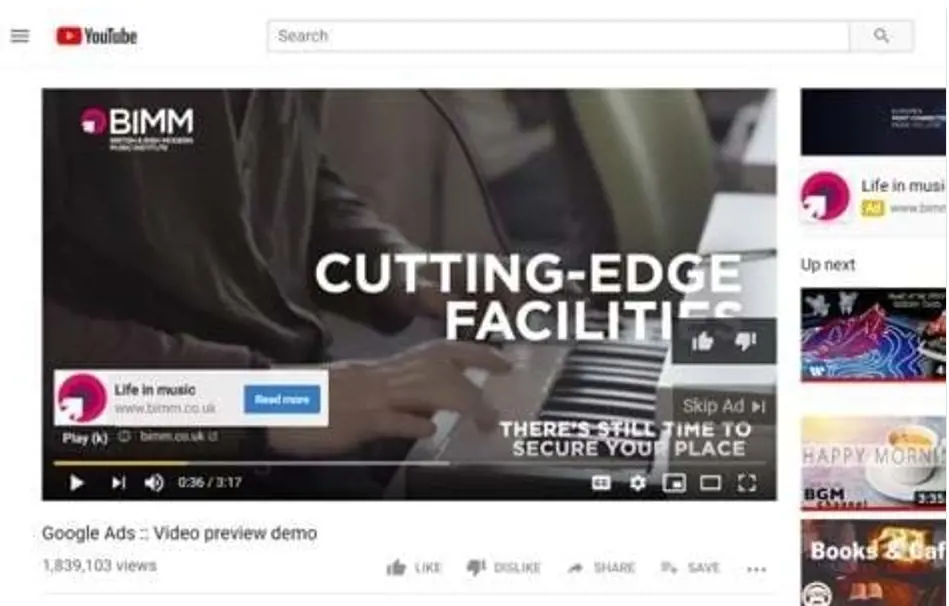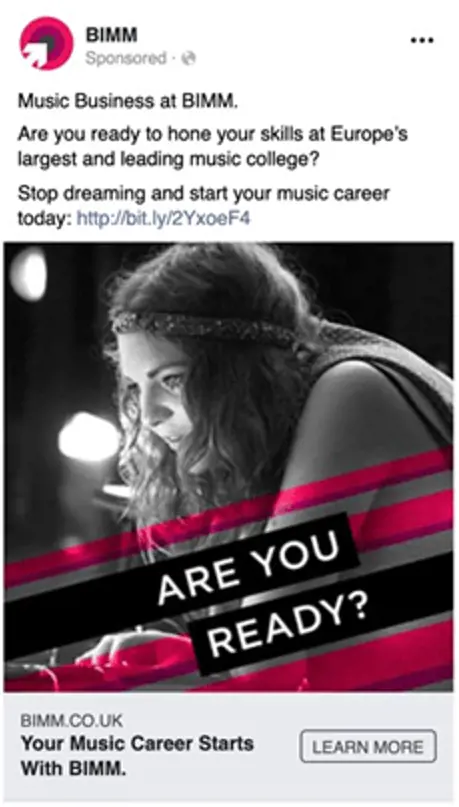Digital Tricks to Attract Students to Your Educational Institution
Many colleges and universities are struggling to compete as they once did, mainly because they aren’t making the right moves with their digital marketing strategy. Education providers need to review their recruitment strategy and consider if they’re doing enough to attract and engage prospective students.
A changing game
Education providers can’t rest on their laurels if they want to attract students. Based on the digital behaviour of Millennials and Generation Z, you might think social media is their only focus, but that isn’t the case. The primary websites for educational institutions are still a valuable resource for research.
Therefore, institutions should ensure they have an updated, optimised website that makes it easy and enjoyable for site visitors to browse, find information, and read relevant content.
3 ways to create a better website for prospective students
1. Easy to navigate
College and university websites tend to be extremely wordy and complex. You can provide an easier flow through the website and a better user experience with a few simple actions such as making sure the website has a clear navigation system with the most important pages no more than a few clicks away from the home page. You could also add a search box, or a request form on the homepage.
2. Informative
Information that is particularly relevant to prospective students, e.g. admission requirements and fees, should be clearly visible and easy to access. When creating content, always consider what a student wants to know rather than what the institution wants to tell.
3. Mobile-friendly
Most of the time, the first interactions with a website happens from a mobile device. Having an easy-to-navigate and mobile-friendly website is key in order to make prospective students stick around long enough to gain an interest in your institution and is also key in ranking on search engines.
Case study: A website designed for students
One of our clients in the education sector is the well-established Randers Social & Healthcare College in Denmark, who offer a lot of different courses that equip students with the skills needed to work within the health and social sector.
What we did
We built a new, user-friendly website that ultimately helped the school take up the challenge of attracting ambitious new students.
Integrated course module
Randers Social & Healthcare College’s website is built in Umbraco and integrated with Easy A – the management system typically used by business education programs to handle courses and enrolment. The integration to Easy A makes it easy for website users to navigate the many different courses and find information about where, when and for how many days the individual courses are held.
Designed around people
After analysing the content on the website, we determined that imagery centred around people and activities led to higher engagement, so we ensured that the school’s new website used images of people throughout. Likewise, we used video-integrated content to show prospective students what they can expect if they choose to enrol at the college.
Furthermore, a great deal of work has been done to prioritise the content by focusing on all the pages of the site. The purpose of this is to help the user find what they are looking for without confusing them with unnecessary information.
Read the full case study about Randers Social & Healthcare College here.
New digital strategies to consider
There are many ways to reach future students. Traditional methods, such as school visits, educational fairs and print material, are still very useful ways to market colleges and universities. However, education providers must also adapt to remain competitive. By embracing new technologies and strategies geared towards a predominantly young, digital-savvy audience, educational institutions can stand out among competitors.
The key is to concentrate on the platforms that are most effective for connecting with your target audience and creating content that resonates across many formats.
YouTube and Facebook marketing to attract new students
In a bid to build awareness and drive course enquiries, we helped our client BIMM – The British and Irish Modern Music Institute set up online advertising via YouTube and Facebook for its colleges in locations such as London, Birmingham, Brighton, Bristol, Dublin, Manchester, Berlin and Hamburg.
A YouTube campaign was set up with the goal of building a list of applicants and people considering BIMM as their university of choice in the 2019/2020 academic year to use in a later remarketing campaign. Various ad formats were used on YouTube, including TrueView In-Stream Ads and Bumper Ads. Facebook Ads included placements on Facebook, Instagram and Messenger, as well as Stories.

Funnel-based remarketing campaign
We also launched a large clearing campaign to drive university clearing applications. This was a highly segmented campaign – down to the college and course level – with specific creatives relevant to the user’s online journey.
See results and read the full case study here.


